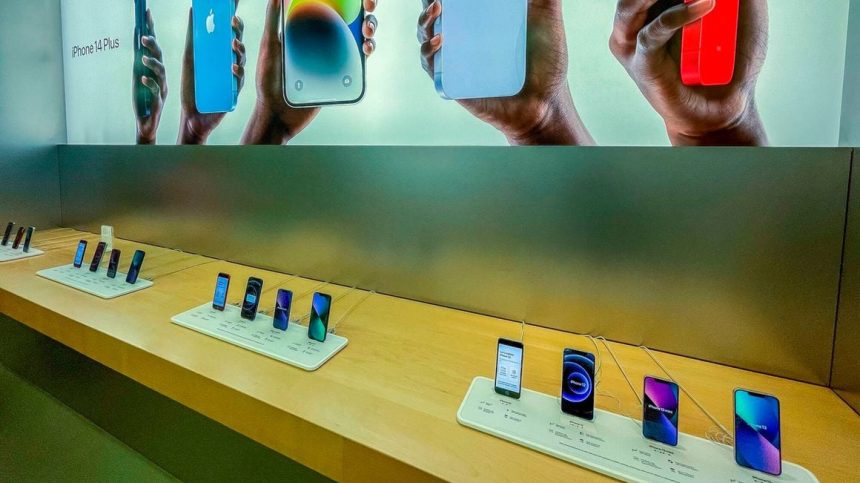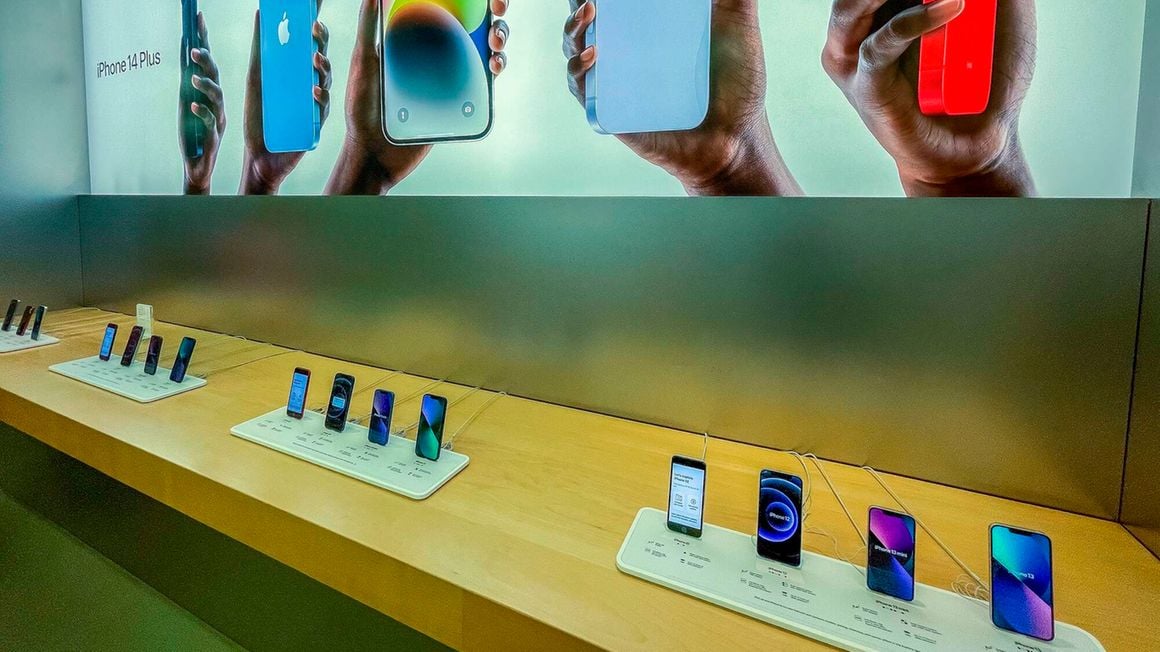A smartphone stock-out looms in Kenya following a crackdown by the government through a new cargo consolidation policy that has seen the taxman net eight times what it was collecting before verification.
The Kenya Revenue Authority (KRA) on June 1 started a 100 percent check of imports to enable payment of tax based on the transaction value of the cargo as opposed to the rate of Sh200 per kilogramme.
The move has taken a heavy toll on thousands of small-scale traders of consumer goods such as second-hand clothes, mobile phones, electronics and other household goods as they are now having to pay more to clear their cargo.
“It is important to note that undeclared/concealed items are assessed and subjected to additional taxes. KRA continues to address issues of concealment and undeclared items through ports of entry to ensure everyone pays their fair share of taxes,” says KRA.
Smartphone dealers are one of the biggest losers of the new tax regime as they are now having to pay far higher tax rates based on the transaction value of the gadgets.
In an interview with NTV, KRA acting Commissioner-General Rispah Simiyu said the tax agency had found that importers were concealing smartphones as feature phones to evade paying the requisite tax.
Feature phones are among the goods whose tax rate has been maintained at Sh200 per kilogramme.
“One example is an item that was cleared and duty was paid of about Sh85,000 but subsequently as a result of the 100 percent verification additional duty of about Sh700,000 was collected,” said Ms Simiyu.
This problem has been compounded by the weak shilling – which was exchanging at a low of Sh141.59 against the US dollar on Wednesday – which is forcing dealers to pay more for smartphone orders.
“The result is that prices have increased sharply from the dealers’ side depending on the category of the phones (low end, middle level or high end). You find that some phones that we were selling at Sh9,999 are now going for Sh12,000,” said Mildred Agoya, the public relations manager at Realme Kenya.
Ms Agoya says the high costs have depleted stocks of the gadgets in shops as retailers are unable to replenish them.
She said ongoing demonstrations have further instilled fear in smartphone sellers who are afraid of looters.
“The only shops that are selling are those who had kept enough stocks. Many shops are struggling to restock because of the high prices while others are stocking just a small number of phones in fear of demonstrators,” she said.
Kenya’s smartphone market has been hit by reduced demand amid high prices as importers of the gadgets pass on the jump in import costs to customers.
Smartphone imports fell by 13.5 percent in the three months to December last year compared to the same quarter in 2021, according to data released by International Data Corporation (IDC) in March.
It was the second consecutive quarterly drop in 2022, according to the company. This trend is likely to continue in the coming quarters owing to the fresh KRA crackdown and depreciation of the local currency.
Ms Agoya says some smartphone distributors have since shifted their warehouses to Dubai to cut their operational costs, adding that dealers are also shifting sales to other countries to increase sales.
“We are seeing a growing shift of sales moving to other countries where costs are lower. We have recently opened Tanzania and we will be soon launching in Nigeria,” she said.
The high prices of mobile phones are hitting dealers hard as sales have plummeted in recent months leading to reduced revenues.
Safaricom, for instance, recently recorded a 15.1 percent decline in revenue from the sale of phones as customers shied away from purchases of the gadgets owing to increased prices.
The company’s handset revenue declined to Sh10.46 billion in the financial year to March 2023, down from Sh12.33 billion it earned in the previous year.
The telco attributed the drop in handset revenue to the sharp decline of the Kenyan shilling against major world currencies especially the US dollar which increased the cost of importing the gadgets.




